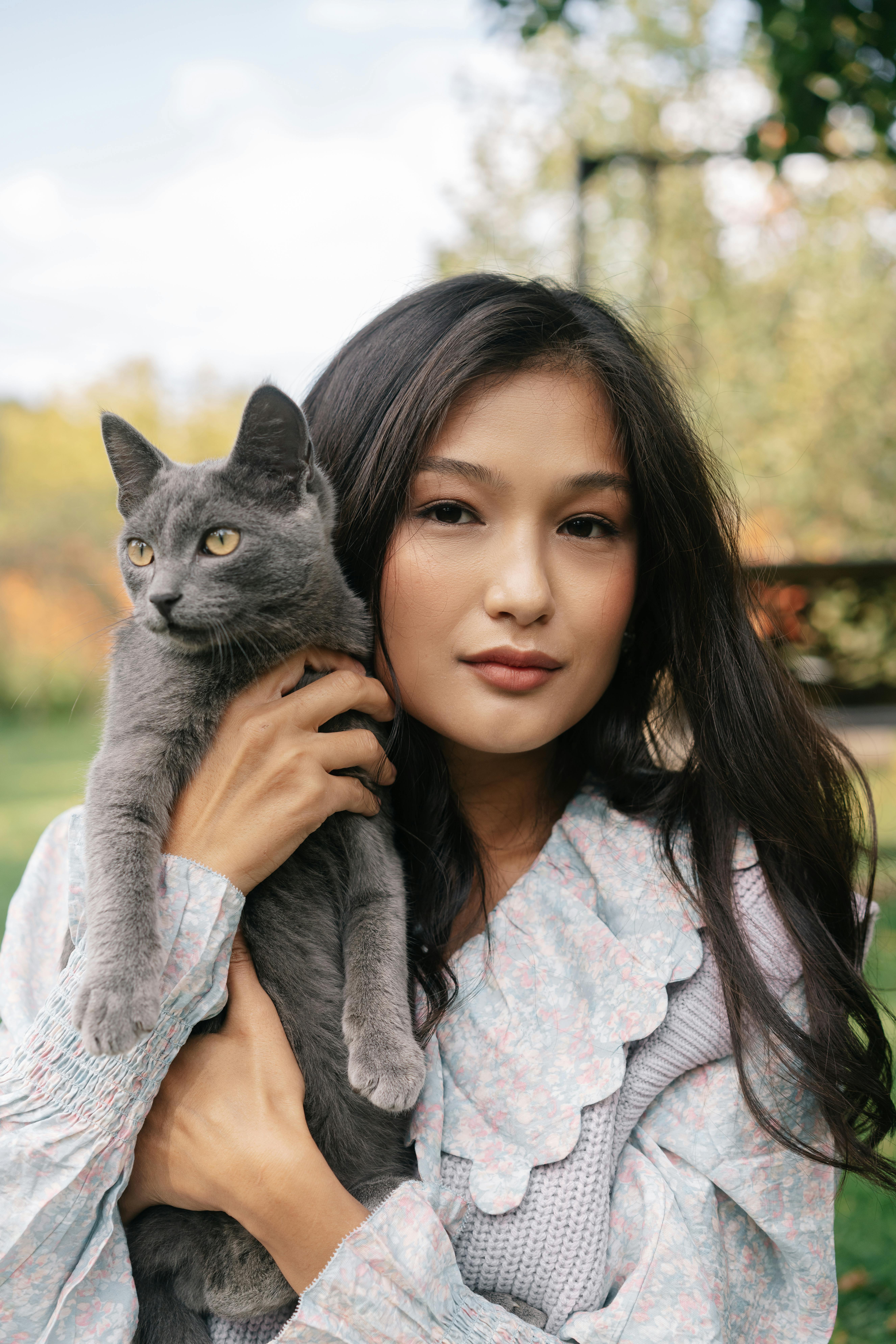Pawsitive Vibes Pet Care: A Complete Guide to Compassionate Pet Services
In today’s fast-paced world, ensuring the well-being of our furry companions is more essential than ever. With more pet parents seeking trustworthy, holistic, and professional care, pawsitive vibes pet care stands out as a beacon of reliability and compassion. This comprehensive guide will walk you through the core principles, practical applications, and advanced techniques in pet care to help your pets thrive and live their happiest lives.

Understanding the Fundamentals
Pawsitive vibes pet care begins with a deep understanding of animal behavior, emotional well-being, and physical health. This foundation is crucial for creating a balanced, happy life for pets of all ages and breeds.
Over time, pet care has evolved from basic feeding and shelter to a holistic approach that includes emotional support, regular exercise, and tailored nutrition. Embracing these fundamentals ensures a lifelong bond built on trust and respect.
1.1 Compassionate Handling
Compassionate handling means treating pets with kindness, patience, and empathy. This practice reduces stress, promotes trust, and enhances the overall experience for both pet and caregiver. Studies show that pets respond better to caregivers who display calm energy and positive reinforcement techniques.
Whether it’s a grooming session or a vet visit, gentle handling makes all the difference. It’s common to think that firmness is needed, but understanding an animal’s signals goes much further in maintaining cooperation and comfort.
1.2 Consistency and Routine
Unlike humans, pets thrive on predictable schedules. Consistent feeding, walking, and rest times give pets a sense of security. This principle is often overlooked but is foundational in reducing anxiety and behavioral issues.
For example, regular walk times can prevent destructive behavior and promote better sleep. Even simple routines like daily grooming can build a trusting relationship, essential in pawsitive vibes pet care.
Practical Implementation Guide
Now that we’ve covered the core principles, it’s time to bring them to life. Implementing pawsitive vibes pet care involves thoughtful planning, practice, and observation. Results won’t happen overnight, but with consistency, they are absolutely achievable.

2.1 Actionable Steps
- Establish Daily Routines: Start with a schedule for feeding, playtime, walks, and rest. Use a planner or app to maintain consistency.
- Use Positive Reinforcement: Treats, praise, and affection are key. Avoid punishment, as it can lead to fear and mistrust.
- Track Progress: Keep a log of your pet’s behavior, diet, and mood. Small changes can indicate needs or improvements.
2.2 Overcoming Challenges
Implementing care plans comes with obstacles, especially for new pet owners. Common challenges include:
- Resistance to grooming
- Separation anxiety
- Inconsistent training results
- Time constraints
- Health uncertainties
These can be addressed with patience, professional help when needed, and using the right tools like calming sprays or clicker training. Always monitor warning signs such as appetite loss, aggression, or lethargy and act swiftly.
Advanced Applications
Once you’ve mastered the basics, it’s time to dive into more advanced techniques in pawsitive vibes pet care. These methods are best for those ready to commit to deepening their pet care expertise and enhancing their pet’s quality of life.

3.1 Behavior Modification Techniques
Advanced behavior training involves addressing aggression, fear, or hyperactivity using tailored plans. Case studies show success with methods like desensitization and counter-conditioning, which gradually change the pet’s emotional response to triggers.
Key metrics like reduced barking, improved recall, and longer attention spans are great indicators of progress. This stage requires consistency and possibly guidance from certified trainers.
3.2 Integrative Therapies
Holistic therapies such as acupuncture, massage, and aromatherapy are becoming more common in the pet world. When integrated correctly, they complement traditional care and help pets with anxiety or chronic pain.
Compatibility with current health plans and vet guidance is crucial. Always research thoroughly and choose licensed practitioners when exploring these options.
Future Outlook
The future of pawsitive vibes pet care is promising and dynamic. We’re witnessing a surge in AI-based pet monitors, telehealth consultations, and customizable diets designed with genetic insights.
In the next 3–5 years, expect smart devices that understand pet mood via biometrics and even robotic grooming assistants. Staying informed and flexible will keep you ahead in offering top-tier care to your pets.
Conclusion
To wrap up, here are the three key takeaways:
- Consistency and compassion form the bedrock of great pet care.
- Implementing structured routines and overcoming common hurdles leads to success.
- Advanced techniques elevate pet wellness to new heights.
Pawsitive vibes pet care isn’t just a service—it’s a movement toward mindful, loving pet parenting. Begin with small changes and watch your connection with your pet flourish.
Take your first step today by setting up a weekly care plan and observing your pet’s response. The journey to joyful pet living starts now!
Frequently Asked Questions
- Q: What is Pawsitive Vibes Pet Care? It’s a holistic approach to pet wellness focusing on compassion, routine, and personalized care for each pet’s unique needs.
- Q: How do I get started with Pawsitive Vibes Pet Care? Begin by setting consistent routines, using positive reinforcement, and observing your pet’s behavior closely.
- Q: How much time does it take to see results? Most pet parents notice changes within 2–4 weeks depending on consistency, pet age, and prior behavior.
- Q: Is pet care expensive? Costs vary depending on services—basic routines cost less, while advanced therapies may require investment. Most services offer flexible packages.
- Q: How does this compare to traditional pet care? Unlike rigid methods, this approach values emotional intelligence and individual needs, offering a more fulfilling pet experience.
- Q: Do I need special skills? No expert skills are needed to start. However, a willingness to learn and observe is essential. Some techniques may require training or professional support.
- Q: Can this be applied in shelters or rescue centers? Absolutely. These environments benefit greatly from structured routines and gentle handling, improving animal rehabilitation and adoption rates.
